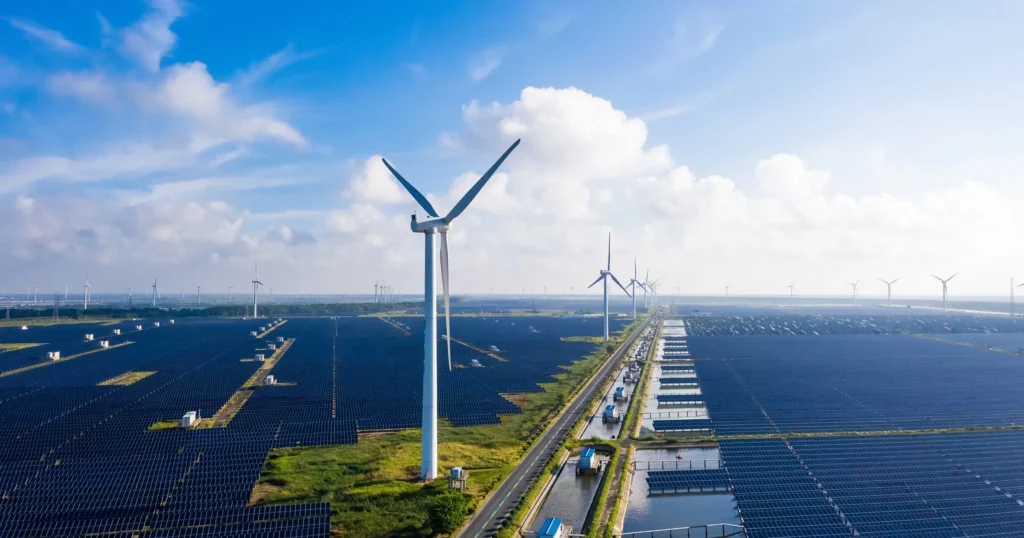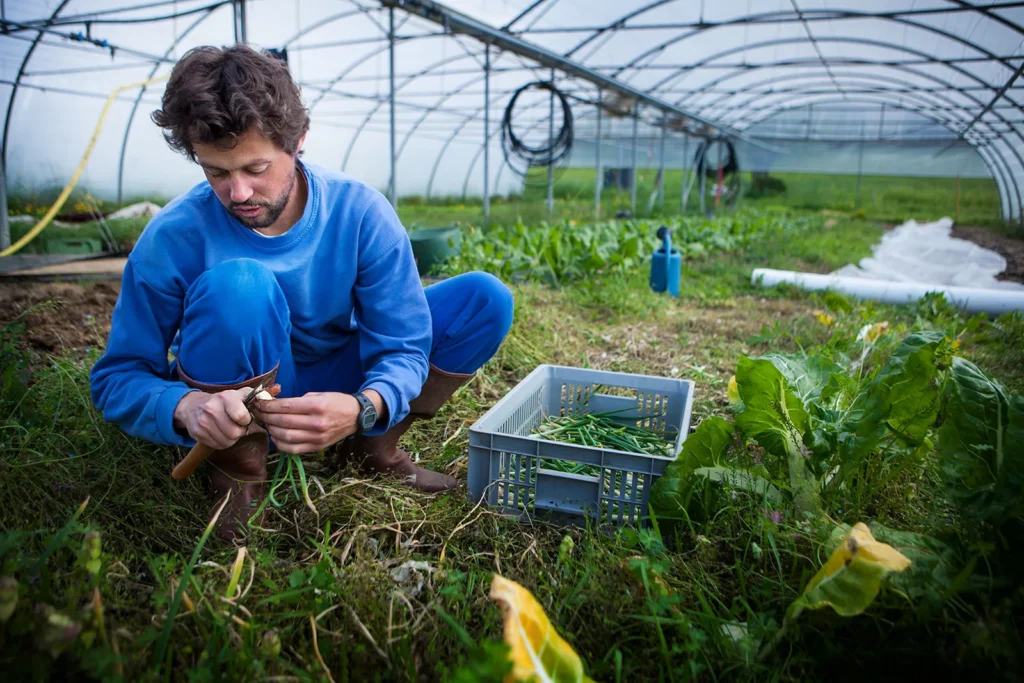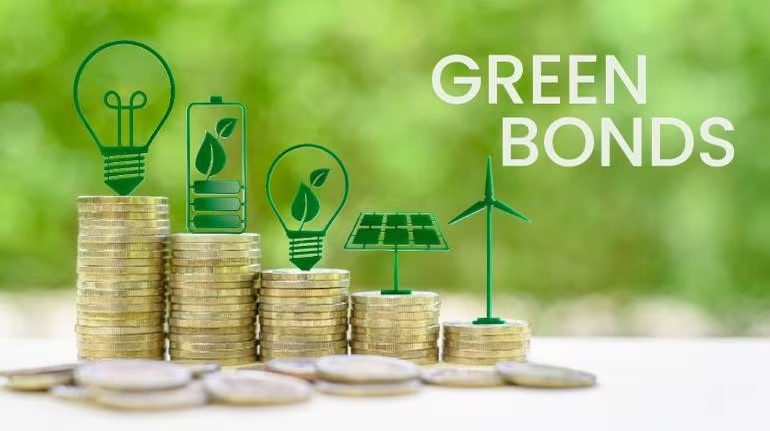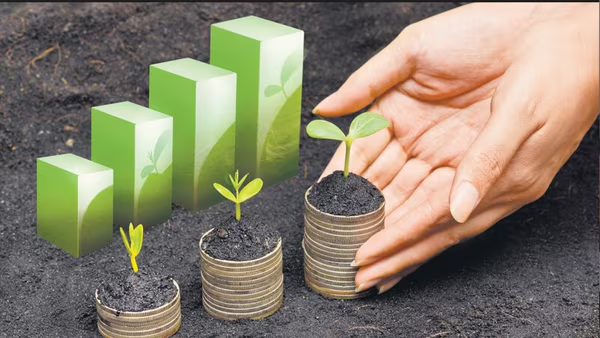In the dynamic world of finance, sustainable and impact investing has emerged as a powerful trend among investors who seek to generate positive environmental and social outcomes alongside financial returns. This comprehensive guide explores the key aspects, benefits, and future prospects of sustainable and impact investing, providing insights for those looking to make their money work for the greater good.
Understanding Sustainable and Impact Investing
Sustainable Investing: This investment strategy integrates environmental, social, and governance (ESG) factors into financial analysis and decision-making. Sustainable investing aims to achieve long-term financial returns while promoting positive environmental and social impacts. It focuses on companies that demonstrate responsible practices in areas such as carbon footprint reduction, fair labor practices, and corporate governance.
Impact Investing: Impact investing goes a step further by specifically targeting investments that are intended to generate measurable social and environmental impacts. Investors deliberately seek to support projects or companies that address global challenges such as renewable energy, affordable housing, healthcare, and education. Unlike traditional philanthropy, impact investments are expected to produce financial returns, though these may sometimes be below market rates.

The Rise of Sustainable and Impact Investing
The growing interest in sustainable and impact investing can be attributed to several factors:
- Increased Awareness: There is a heightened awareness of global issues like climate change, social inequality, and resource depletion. Investors are increasingly motivated to address these challenges through their investment choices.
- Millennial Influence: Younger generations, particularly millennials, are more likely to prioritize social and environmental considerations in their investment decisions. They are driving demand for sustainable investment products and services.
- Corporate Responsibility: Companies are under increasing pressure to adopt sustainable practices. Investors recognize that businesses with strong ESG performance are better positioned for long-term success and resilience.
- Regulatory Support: Governments and regulatory bodies worldwide are promoting sustainable finance initiatives, providing incentives and frameworks to encourage ESG integration in investment processes.
Key Sectors in Sustainable and Impact Investing
1. Renewable Energy
Investments in renewable energy are pivotal for mitigating climate change and transitioning to a sustainable, low-carbon economy. The focus is on harnessing natural resources such as sunlight, wind, and water to produce energy. Solar power technologies include photovoltaic panels and solar thermal systems, which convert sunlight directly into electricity or use heat for energy production. Wind energy is captured using turbines, both onshore and offshore, providing a substantial and growing portion of the global energy mix. Additionally, investments in hydroelectric power, geothermal energy, and emerging technologies like tidal and wave energy further diversify renewable energy portfolios. These investments are crucial not only for reducing greenhouse gas emissions but also for enhancing energy security, creating jobs, and fostering economic growth in the green energy sector.

2. Sustainable Agriculture
Sustainable agriculture aims to balance the need for food production with environmental conservation. Investments in this sector focus on organic farming practices that avoid synthetic chemicals and promote biodiversity. Efficient water use technologies, such as drip irrigation and rainwater harvesting, reduce water consumption and improve crop yields. Sustainable supply chains ensure that agricultural products are produced, processed, and distributed in ways that minimize environmental impact and support fair labor practices. Additionally, investments in agroforestry, crop rotation, and soil health management contribute to long-term agricultural sustainability. These practices help ensure food security, enhance resilience to climate change, and preserve natural ecosystems for future generations.

3. Affordable Housing
Affordable housing is essential for providing stable, safe, and healthy living conditions for underserved populations. Impact investments in this sector focus on developing and maintaining housing that is affordable to low- and middle-income families. These projects often involve innovative financing mechanisms, such as social impact bonds and public-private partnerships, to mobilize capital for large-scale housing developments. Sustainable building practices, including energy-efficient designs and the use of eco-friendly materials, are increasingly integrated into affordable housing projects. These initiatives not only improve living conditions but also reduce energy costs for residents and contribute to environmental sustainability. By addressing the housing needs of marginalized communities, affordable housing investments promote social equity and economic inclusion.

4. Healthcare and Education
Investments in healthcare innovations and educational programs are vital for addressing critical social needs and promoting inclusive development. In healthcare, this includes funding for medical research, the development of new treatments and technologies, and expanding access to quality healthcare services. Telemedicine, digital health platforms, and community health initiatives are examples of how impact investments can improve health outcomes. In education, investments focus on improving access to quality education for all, particularly in underserved regions. This includes funding for infrastructure, teacher training, and educational technologies that enhance learning experiences. Programs that support vocational training and lifelong learning help individuals acquire the skills needed for the modern workforce. By addressing health and education disparities, these investments contribute to the overall well-being and economic potential of communities.

5. Green Bonds
Green bonds are financial instruments designed to raise capital for projects that have positive environmental benefits. These fixed-income securities support a wide range of environmentally friendly projects, including clean water initiatives, renewable energy installations, energy efficiency upgrades, and sustainable infrastructure development. Issuers of green bonds commit to using the proceeds exclusively for projects that meet specific environmental criteria, often adhering to standards set by organizations such as the Climate Bonds Initiative or the International Capital Market Association (ICMA). Investors in green bonds benefit from the opportunity to support sustainable development while earning returns on their investments. The transparency and accountability associated with green bonds, through rigorous reporting and verification processes, help build investor confidence and drive the growth of sustainable finance markets.

Measuring Impact
A significant challenge in impact investing is measuring and reporting the social and environmental outcomes of investments. Investors use various frameworks and standards, such as the Global Impact Investing Network (GIIN) and the United Nations Sustainable Development Goals (SDGs), to assess and track impact performance. Transparent reporting and third-party verification help build credibility and trust in impact investments.

The Future of Sustainable and Impact Investing
The future of sustainable and impact investing looks promising, with several trends likely to shape the landscape:
- Technological Innovation: Advances in technology will enhance the ability to measure and manage ESG factors, making it easier for investors to assess the impact of their investments.
- Increased Collaboration: Greater collaboration between governments, businesses, and investors will drive the development of sustainable finance frameworks and initiatives.
- Expansion into New Markets: Emerging markets present significant opportunities for impact investments, addressing critical development needs while offering potential for high returns.
- Enhanced Financial Performance: As evidence grows linking strong ESG performance with financial returns, more investors will recognize the value of incorporating sustainability into their portfolios.
Conclusion
Sustainable and impact investing has become a transformative force in both macro and microeconomics, driving positive change and reshaping the traditional investment landscape. On a macroeconomic level, it stimulates sustainable growth, addresses market failures, encourages innovation, and fosters corporate responsibility. By directing capital toward businesses and projects that prioritize environmental and social sustainability, impact investing is creating industries that promote long-term resilience and reduce ecological impact.
On a microeconomic level, impact investing enhances social and environmental impact, generates competitive financial returns, creates employment opportunities, and fosters corporate social responsibility. These investments have a direct and tangible effect on individuals and communities, empowering them with access to essential services, education, and economic opportunities. As this trend continues to gain momentum, it offers exciting opportunities for those seeking to make a meaningful difference through their financial choices, ultimately contributing to a more sustainable and equitable world.




Give a round of applause in the comments to show your appreciation!